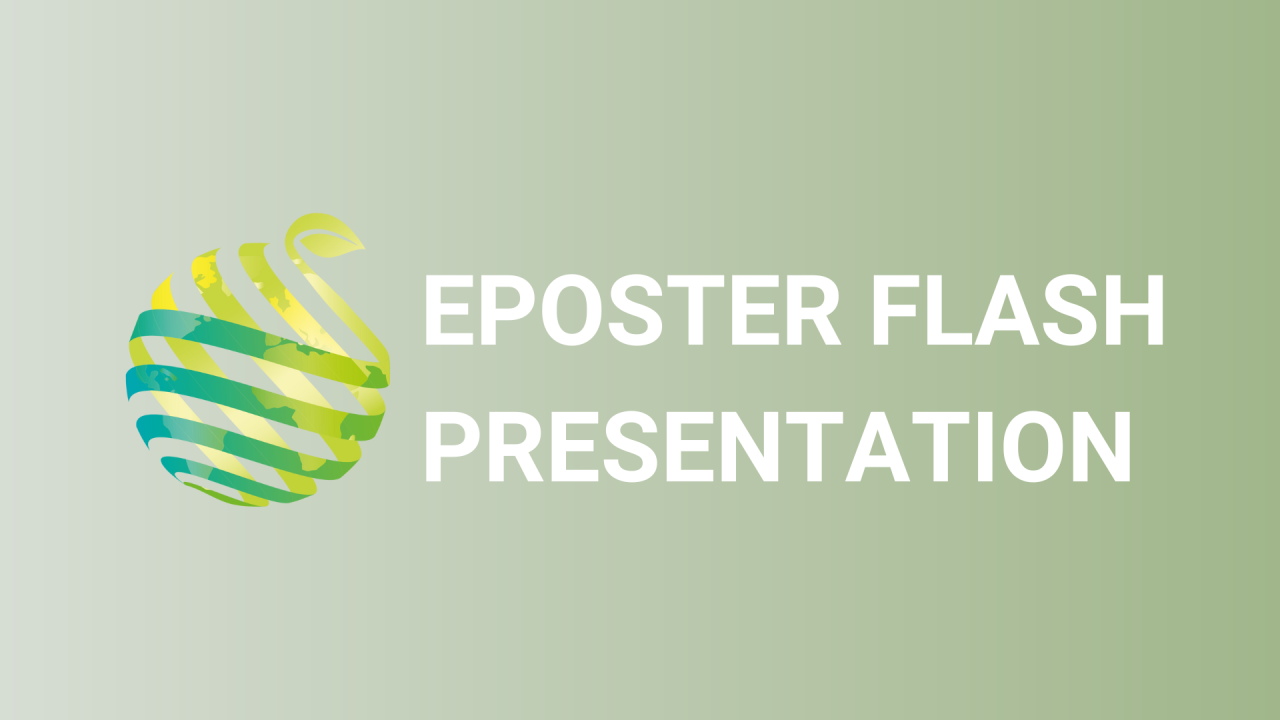

S14 - Session P5 - Specific and sensitive detection of Fusarium oxysporum f.sp. lactucae races 1 and 4 in soil, plant, and surface samples via novel race-specific qPCR assays and target enrichment
Information
Authors: Hanna Mestdagh *
Fusarium oxysporum f. sp. lactucae , the cause of wilting and vascular browning in lettuce, has spread rapidly in Belgium in recent years. Of the two races present (race 1 and race 4) race 4 has been especially problematic due to the lack of commercially viable resistant lettuce varieties. Precautionary measures such as increased hygiene have not been effective in stopping the spread. The aim of this study was to develop race-specific and sensitive assays to detect race 1 and race 4 in a variety of samples such as plant roots, soil, surfaces of equipment and boxes, water, and seeds. These assays will be used to study the spread and development of the pathogen as well as to evaluate the effect of control measures such as soil disinfestation and the use of new resistant varieties and alternative crops. Existing detection assays for Fusarium oxysporum f. sp. lactucae race 1 and 4 include a LAMP assay, which does not discriminate between the two races and which is only semi-quantitative, and conventional PCR assays, which have suboptimal specificity and sensitivity. We identified race-specific DNA loci in Fusarium oxysporum f. sp. lactucae based on Genotyping-by-sequencing (GBS) and used them to develop specific TaqMan® qPCR assays. For each race, two assays were combined in duplex format, as a protection against the possible presence of one of the loci in a non-target organism. The assays were tested for sensitivity and specificity against the other races, other formae speciales of F. oxysporum , other Fusarium species, and other fungi. To ensure detection of even very low quantities of the target fungi in soil samples, we included an enrichment step based on incubation of the sample in a semi-selective Fusarium medium. By controlling the incubation conditions and time, it was possible to relate the qPCR signal to the number of spore equivalents in the original sample. Similar strategies were applied to plant samples and samples from surfaces (swabs). The enrichment step results in the specific detection of exclusively living fungal propagules, allowing evaluation of control methods.